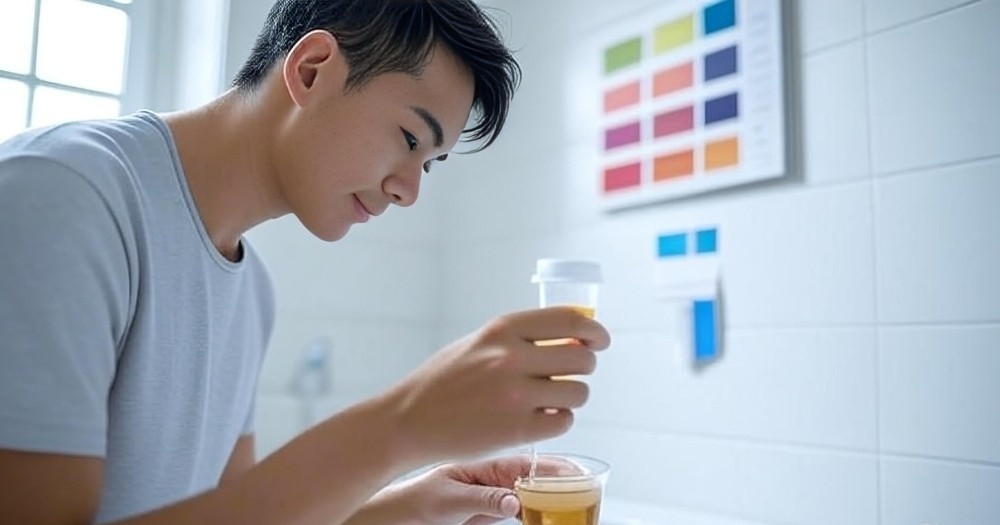What is an insulin syringe?
An insulin syringe is specially designed to inject insulin into the body.An insulin syringe is an easy and essential tool for diabetic patients. The correct amount of insulin can be injected into the body through this syringe. If you are a diabetic patient managing diabetes, you must know about insulin syringes.
In this blog, we will talk in detail about types of insulin syringes, their usage method, and how to use them successfully.

“Understanding the parts of an insulin syringe is essential for effective use.”
- Barrel: This is a transparent tube that holds insulin. The scale of units is printed on it.
- Plunger: This is the part of the insulin syringe that draws the insulin and injects it.
- Needle: This is a thin part that pierces the skin and injects the insulin.
- Hub: This is the part of the syringe that holds the needle.
There are some important things to keep in mind when using insulin syringes.
- Insulin syringes only need to be used once to keep the needle sterile and to avoid the risk of infection from reused needles.
- It’s also important to vary your insulin injection sites to avoid lipohypertrophy, a condition where fat builds up under the skin. This is common in people who take insulin injections daily.
- Insulin is injected subcutaneously (under the skin, not into the muscle) which has zero effect on blood sugar levels.
- Depending on the insulin dose, Choosing the correct syringe size is important. Insulin needles can change according to blood sugar readings, so you may need different syringe sizes so that the dose can be adjusted.
- Syringes are available in various sizes and thicknesses, where needle sizes and gauges also vary, which makes the injection comfortable and precise.
What are the different sizes of insulin syringes?
Insulin syringes varies in different sizes depending on the dose of insulin.
- 0.3 mL syringes for doses < 30 units, are marked at 1/2-unit or 1-unit intervals.
- 0.5 mL syringes for doses ranging between 30 and 50 units, are marked at 1-unit intervals.
- 1.0 mL syringes are for doses greater than 50 units, marked at 2-unit intervals.
Syringe has Barrel size and needle gauge.Barrel size describes the amount of the insulin that it holds to inject, and the needle gauge describes the thickness of needle. Thin needles are more comfortable when giving injections, while the thicker one can be used for quicker administration of the insulin.
Needle length describes how deep the needle penetrates into the skin, thats why choosing the correct needle length is important because insulin is given into subcutaneous tissue, smaller needles are usually sufficient and are preferred to avoid muscle penetration.
How to Choose the Right Insulin Syringe
- Insulin syringes are available in a variety of sizes and needle lengths depending on your insulin needs. Choosing the right size depends on your insulin dose and personal comfort.
- Choosing the right syringe ensures that you get the right dose in a single injection, reducing the risk of errors caused by using the wrong syringe. For example, if you take 35 units of insulin in the morning and 10 units at night, 0.3 mL syringe is needed for the morning dose and a 0.5 mL syringe for the evening dose.
- Variants give you flexibility if your insulin dose changes according to your blood sugar levels.
- If your insulin dose is close to the maximum capacity of the syringe, you can use one syringe at a time to make handling easier.
Importance of Needle Length
Studies have shown that your body mass index (BMI) does not have much effect on the accuracy of insulin delivery, even if the needle is short. Needles that are just 4 mm long can deliver insulin accurately, which may be more comfortable for people who receive daily injections if you prefer shorter needles.
Thin needles do not cause much pain, which may be important for people who receive insulin injections daily. If you have to receive frequent injections, talk to your healthcare provider about needle size and gauge so you can get the most comfortable option.
Correct injection technique, rotation of injection sites, and selection of correct syringe and needle size are important so you can improve your blood sugar control and reduce complications.
FAQs
1. How to Select the Right Insulin Syringe?
Consult your doctor and select the syringe size according to the dose.
2. Can the syringe be reused?
No, reusing is not recommended at all. It increases the risk of infection and pain.
3. What is the Best Site for Insulin Injection?
The abdomen (stomach) is commonly used because the absorption rate is consistent there.
Conclusion
Syringe and needle size significantly affect the comfort and effectiveness of insulin injections. Whether you are new to insulin or you have been using it for a long time, it is important to choose the right syringe to ensure accurate dosing and minimum discomfort.
If you have any concerns about insulin injections, talk to your doctor. They can help you choose the right syringe and help you practice so you can confidently and correctly administer your insulin.
Also, there are alternative methods of insulin delivery, but syringes are generally the most cost-effective. Your doctor will help you choose the best delivery system for you.




